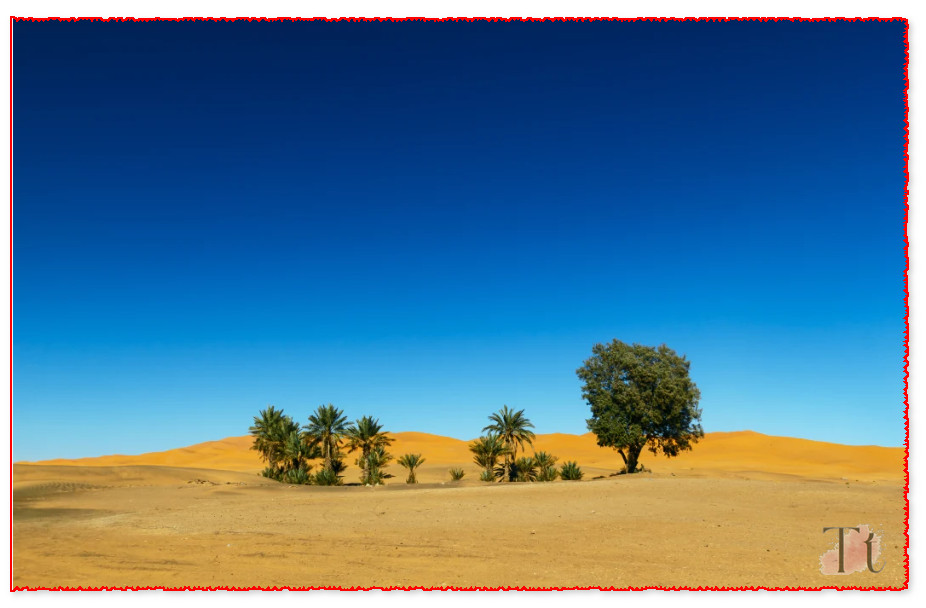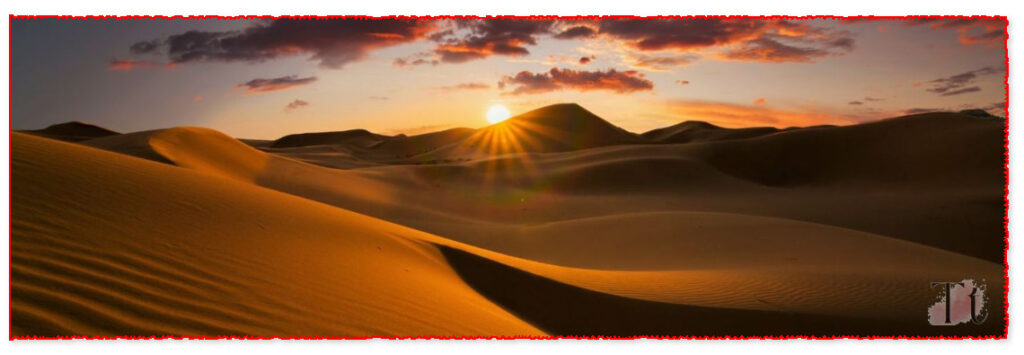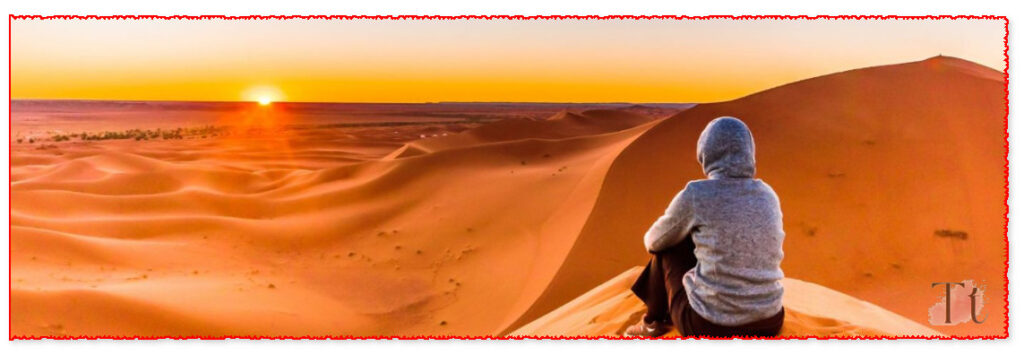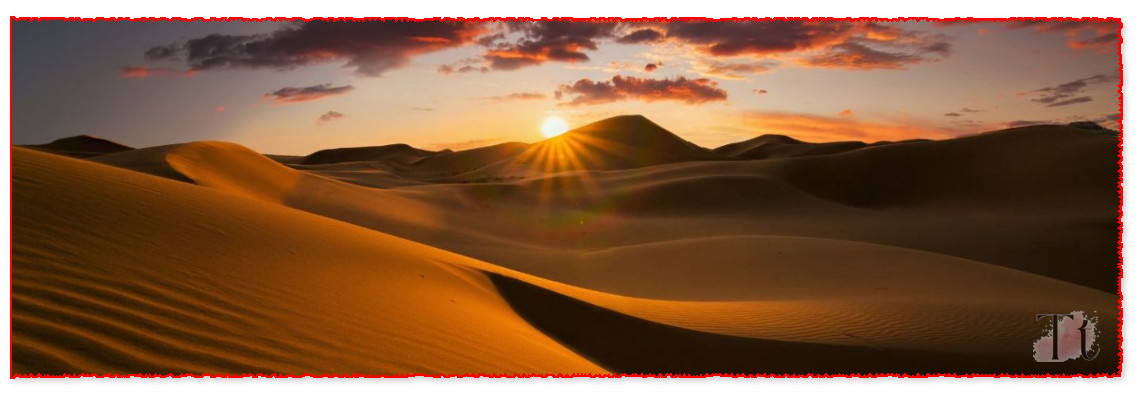Sahara Dust Blankets Athens: A City in Orange
The skies above Athens have taken on an unexpected orange hue as clouds of dust, carried by strong southerly winds from the Sahara desert, sweep across the Mediterranean Sea. This natural phenomenon has not only painted the city’s skyline with a surreal tint but has also stirred up unseasonal wildfires in the country’s southern regions.

Table of Contents
Authorities Issue Health Advisory
In response to the dust clouds engulfing Athens for the past two days, Greek authorities have issued a health advisory. The Health Ministry advises residents to stay indoors, refrain from outdoor physical activities, avoid congested areas, and keep windows and doors shut to minimize exposure to the dusty air.
Understanding Dust Clouds from the Sahara
These dust clouds, composed of a mixture of sand and dust from the Saharan desert, are propelled by strong winds, traversing vast distances and enveloping regions in an orange, grey, or reddish film. In the greater Athens area, Wednesday saw a somber grey haze, while Tuesday brought about an eerie orange tint, creating a surreal atmosphere over the city.
Sahara Dust Sweeps Athens: Residents Share Experiences
A Surreal Scene
According to 19-year-old Eleni, Athens took on an unexpected hue, resembling the Sahara desert. “Everything was orange, we were waiting for camels to pass by,” she exclaimed. Meanwhile, a 45-year-old resident expressed discomfort and chose to stay indoors to safeguard his health.
Health Concern and Precautions
Athens National Observatory Research Director, Vassilis Amiridis, emphasized the need for caution amidst the Sahara dust episode. He advised residents to stay indoors to avoid breathing in the dust-laden air, as the concentration levels were significantly higher than normal. Amiridis stressed the importance of following medical guidance to mitigate health risks associated with the phenomenon.
Frequency and Impact in Greece
Amiridis revealed that such occurrences happen around five times a year on average in Greece. He noted that the intensity of the current event surpassed that of previous years, with dust clouds traveling approximately 1,000 kilometers from Africa to Greece. Despite the negative health effects, Amiridis highlighted a positive aspect—the dust clouds carry nutrients beneficial for sea life in oceans.
Looking Ahead
As residents grapple with the impact of the Sahara dust, it serves as a reminder of the interconnectedness of natural phenomena across continents. While the event poses challenges to health and daily life, it also underscores the resilience and adaptability of communities in facing such environmental occurrences.

Athens Engulfed in Sahara Dust
A striking orange haze has enveloped Athens as clouds of dust from the Sahara desert swept into the city. Officials describe it as one of the most severe episodes since 2018.
Widespread Impact
This isn’t the first time Greece has faced such an event; similar dust clouds blanketed the country in late March and early April, extending their reach to Switzerland and southern France.
Clearing Skies Ahead
Fortunately, relief is in sight as Greece’s weather service predicts the skies to clear by Wednesday. However, the impact on air quality has been significant, with the iconic Acropolis in Athens becoming obscured by the dust.
Health Concerns and Precautions
The deterioration of air quality has prompted warnings for Greeks, particularly those with respiratory conditions, to limit outdoor activities, wear protective masks, and refrain from strenuous exercise until the dust settles. The dust cloud has even made its way north to Thessaloniki, affecting a wide area of the country.
Athens Engulfed in Sahara Dust
A striking orange haze has enveloped Athens as clouds of dust from the Sahara desert swept into the city. Officials describe it as one of the most severe episodes since 2018.
Widespread Impact
This isn’t the first time Greece has faced such an event; similar dust clouds blanketed the country in late March and early April, extending their reach to Switzerland and southern France.
Clearing Skies Ahead
Fortunately, relief is in sight as Greece’s weather service predicts the skies to clear by Wednesday. However, the impact on air quality has been significant, with the iconic Acropolis in Athens becoming obscured by the dust.
Health Concerns and Precautions
The deterioration of air quality has prompted warnings for Greeks, particularly those with respiratory conditions, to limit outdoor activities, wear protective masks, and refrain from strenuous exercise until the dust settles. The dust cloud has even made its way north to Thessaloniki, affecting a wide area of the country.
Sahara Dust Blankets Greek Skies
In a remarkable display of nature’s power, the southern skies of Greece were recently engulfed in a captivating orange hue as dust clouds, originating from the vast Sahara Desert, made their journey across the Mediterranean. This stunning phenomenon not only captured the attention of locals but also draped iconic landmarks like the Acropolis in Athens in an ethereal veil, evoking images of distant Martian landscapes.
Dust Clouds and Martian Vibes
Fueled by strong southerly winds, the Sahara Desert dust swept over the Greek capital, imparting a surreal, almost otherworldly quality to its skyline. The city’s usual charm was replaced by an ambiance reminiscent of the red planet, casting a unique spell over the evening hours.
Anticipated Relief and Cooler Temperatures
While the dust clouds brought a temporary transformation to the atmosphere, relief was anticipated as meteorologists forecasted clearer skies and cooler temperatures in the days ahead. As winds shifted direction, the dust dispersed, offering respite from the unusual conditions. However, despite this change, parts of southern Crete experienced sweltering temperatures exceeding 30 degrees Celsius, highlighting the stark contrast in weather patterns across the region.

Impact on Wildfires
Unfortunately, the persistent southerly winds exacerbated the risk of wildfires in the southern regions of Greece. Within just 24 hours, the fire service reported a concerning tally of 25 wildfires, with some incidents stemming from accidental human activities. Despite the challenges, authorities swiftly responded to contain the fires, ensuring minimal damage and harm to communities. Greece, no stranger to the ravages of forest fires, faces recurring battles with these blazes, particularly during the scorching summer months, exacerbated by ongoing drought conditions and elevated spring temperatures.
Understanding the Sahara Desert
The Sahara Desert, stretching over 3,000 miles from east to west, stands as the largest hot desert globally, akin in size to the entire United States. Situated in North Africa, it blankets nearly one-third of the continent and spans across eleven different countries.
Unveiling the Sahara Desert: Discovering Fascinating Facts
Prepare to be captivated by the Sahara Desert, an immense expanse of arid land stretching across North Africa. As the world’s largest hot desert and the third largest overall, trailing only Antarctica and the Arctic, the Sahara boasts impressive statistics that are sure to pique your interest.
Imagine a vast territory covering a staggering 9,200,000 square kilometers, equivalent to the vastness of China or the United States. This expansive desert landscape sprawls across the continent, leaving an indelible mark on the map of Africa.
Whether you’re gearing up for an exciting Sahara Desert Trek or simply seeking to satisfy your curiosity about this remarkable region, prepare to embark on a journey filled with intriguing facts that will fuel your wanderlust and ignite your imagination.
So, buckle up and get ready to delve into the wonders of the Sahara Desert, where each grain of sand holds a story waiting to be uncovered.
Geographical Significance
Acting as a natural divider, the Sahara delineates North Africa from Sub-Saharan Africa, with its southern border characterized by semi-arid savannahs known as the Sahel.
Historical Climate Fluctuations
Throughout its history, the Sahara’s climate has undergone significant shifts between wetter and drier periods. Around 8,000 BCE to 6,000 BCE, the desert experienced a wetter climate following the end of the last ice age, possibly attributed to low-pressure zones created by melting ice sheets to the north.
Transformation into a Desert
Subsequently, as the ice sheets vanished, the northern Sahara dried up. However, the arrival of a monsoon from the south mitigated the arid conditions, temporarily transforming the region into a savannah. Around 2500 BCE, the monsoon retreated, leading to the Sahara’s desertification condition persisting for the past 13,000 years.

Cyclical Changes and Potential Revival
Every 20,000 years, the Sahara undergoes cyclical transformations, transitioning into a lush savannah adorned with verdant grasses. This cyclical phenomenon arises from shifts in the Earth’s axis, altering the position of the North African monsoon. This monsoon holds the potential to revive the Saharan region, offering a glimpse into the dynamic nature of this expansive desert landscape.
Conclusion
Exploring the Sahara’s Remarkable Landscape: A Conclusion
As we conclude our exploration of the Sahara Desert’s diverse topography, we find ourselves awestruck by the sheer magnitude and variety of its features. From shallow basins to towering mountains, this vast expanse of sand and rock offers a glimpse into the forces that have shaped our planet over millennia.
While the majority of the Sahara is characterized by rocky deserts known as hamadas, we have marveled at the presence of large oasis depressions and plateaus adorned with ancient rocks. These geological marvels serve as a testament to the dynamic interplay of wind, water, and time in sculpting the desert’s ever-changing landscape.
Our journey has led us to discover the extremes of elevation within the Sahara, from the summit of Mount Koussi, standing proudly as the highest point at 3,415 meters above sea level, to the Qattara Depression, plunging to depths of 133 meters below sea level. These contrasting features highlight the desert’s vastness and diversity, offering a rich tapestry of experiences for those who dare to explore its depths.
As we gaze upon the towering sand dunes that dominate over 25 percent of the Sahara’s surface, we are humbled by their sheer size and beauty. From the pyramidal dunes reaching heights of almost 150 meters to the towering giants of the Isaouane-n-Tifernine desert, soaring to staggering heights of 420 to 465 meters, these natural wonders stand as monuments to the relentless forces of nature.
In conclusion, the Sahara Desert is not merely a barren wasteland but a thriving ecosystem teeming with life and wonder. Its diverse topography and geological features offer a glimpse into the earth’s past and present, reminding us of the awe-inspiring power of nature to shape and transform our world. As we bid farewell to this ancient and enigmatic landscape, we carry with us a renewed sense of appreciation for the beauty and resilience of our planet’s natural wonders.


1 thought on “Unveiling the Majesty of the Sahara: Discovering Fascinating Facts:2024”